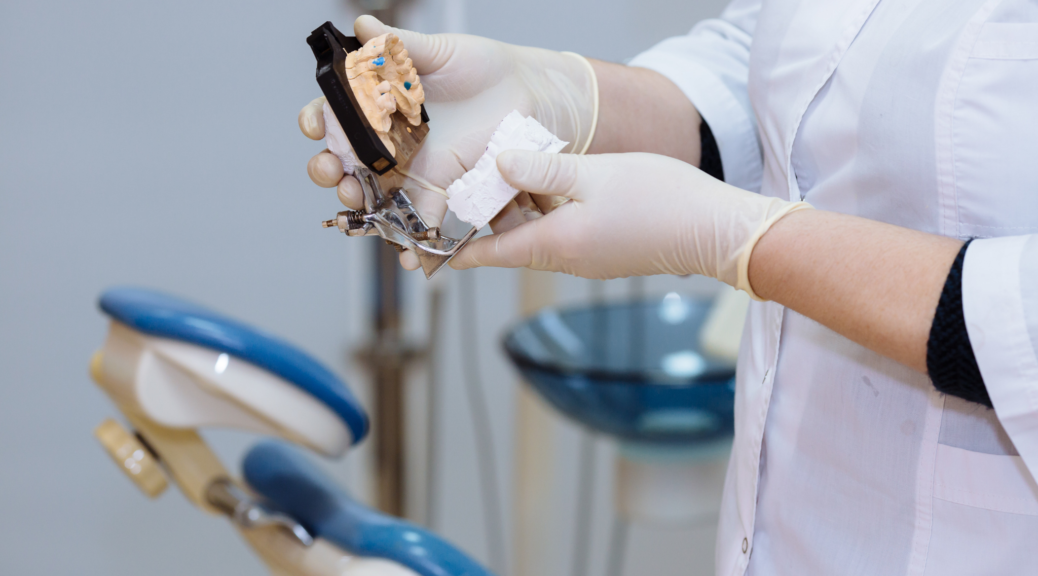
Many people find that orthodontic problems left untreated in childhood can lead to more serious results in adulthood. Without preventive or corrective orthodontic care to help your baby teeth grow in correctly, this can often result in the need of surgery. Once the adult teeth have grown in, there’s no chance of them moving without our intervention. For some people, this can be corrected with braces and minor appliances, and for others this requires surgery.
Class III mandibular setback – or jawbone – surgery is the correction of the position of the lower jaw. People with this condition will have a lower jaw that juts forward slightly, a more prominent chin, and teeth that are either level or slightly further forward on the lower set. While jawbone surgery can be a cosmetic choice, the jaw misalignment can often result in chewing problems, sometimes speech problems, teeth erosion, pain or discomfort, and greater difficulty with oral hygiene.
iSmile Orthodontics can assess your teeth to identify if you need surgery. We can then recommend you to a specialist oral surgeon who offers class III mandibular setback surgery to realign your teeth and give you back that confidence that comes with a perfect smile. So what’s involved in the orthognathic surgery and is it major?
Before your surgery, you will likely wear a brace in the months leading up to it, depending on what your specialist recommends. Since the surgery can be considered major, you will be put under general anesthetic. Then the jaw bone is separated, stabilised, and screws and plates are added to keep it in place. You will be under anesthetic during this time and experience no pain.
Once you wake up, you will feel like you have had surgery! You will feel some swelling and discomfort, so pain medication will be prescribed to ease this. At iSmile Orthdontics we craft each patient’s treatment differently. We will monitor you closely over the coming weeks and months and will do regular follow-ups to ensure a smooth recovery.
Full recovery can take up to a year, but you will be able to resume normal use within six to twelve weeks, and most patients report a cosmetic difference straight away. Depending on your case, you may be required to wear post-treatment braces.
Check out our results page to see an example of a success story with the jawbone surgery. If you think this is something you’d like to consider, get in touch and we can arrange a consultation with one of our trained specialists who will be able to talk you through the procedure and recommend the options best for you.
(03) 9466 8484
Level 1, Suite 5, 93-97 Plenty Road, Bundoora VIC 3083
(03) 9466 8484
58 Mernda Village Drive, Mernda, VIC 3754
(03) 9307 9370
92 Inglewood Drive, Burnside Heights, VIC 3023